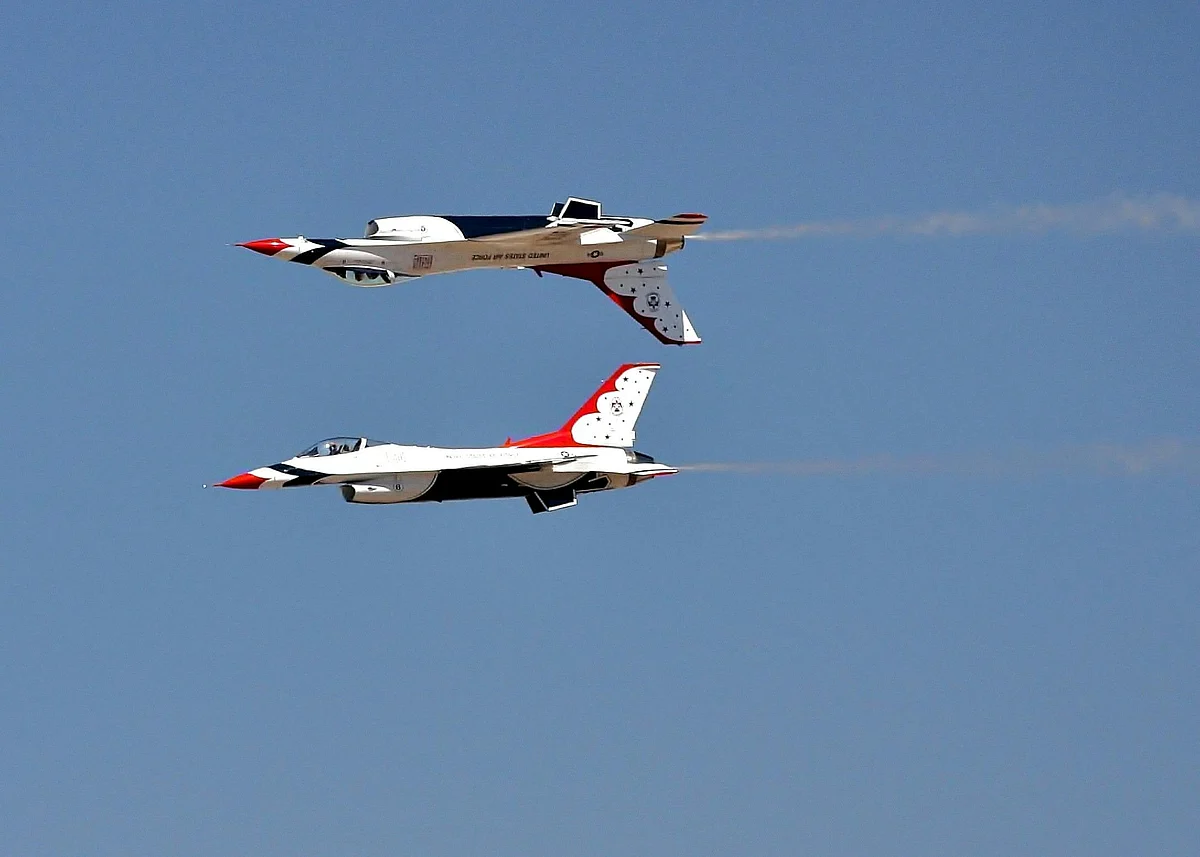The city’s favourite festival is back in all its splendour and sound after a forced hiatus of two years due to the pandemic. Across Mumbai, in homes and on roads taken over legally and otherwise, in courtyards that remain as relics of the past, the elephant-headed god has been given the pride of place. During the festivities that mark Ganeshotsav, the 10-day worship and celebration of Lord Ganesha, Mumbai is witnessing more traffic jams than ever and higher decibel levels even during the night. There are plays, competitions, lucky draws and more for the devout who throng the pandals through the ten days, sponsored by corporates or politicians. Snaking queues and reserving spots through nights at some of the larger pandals are now par for the course.
If Ganeshotsav is a barometer of normalcy, then it can be safely said that Mumbai is back to its pre-pandemic rhythm, never mind the government’s continuing advice about masks and booster shots. It is as if the pandemic is a thing of the past. Why Mumbai alone? Pune, often referred to as the cultural centre of Maharashtra, has come awake bright and brimming with Ganeshotsav celebrations. So have other cities and towns across the country. In fact, every large city seems to have its favourite festival usually around a deity that it identifies with. Ganesha, the much-loved deity, is everywhere, indeed, but nowhere is the celebration as woven into urban character as in Mumbai and Pune.
The historical association of Ganeshotsav with the present-day Maharashtra and parts of Gujarat and Karnataka is traced back to the reign of Chhatrapati Shivaji Maharaj. Ganesha was apparently the ‘aaradhya devata’ or the favoured-worshipped deity of the clan and community, and His worship was widely embraced by Shivaji’s subjects. Contemporary history is clearer. In 1892, Pune’s old Kasba Peth area saw a public celebration of what used to be a homely affair. A year later, it is believed to have inspired a large community celebration in Bombay’s Keshavji Naik Chawl in Girgaum. Both these mandals or associations are commemorating the end or start of their 130th year of Ganeshotsav.
Bal Gangadhar Tilak saw an opportunity in the community gathering to subversively raise the anti-British sentiment at a time that the Raj was coming down severely on political meetings. This Ganeshotsav was no longer a religious-cultural event; it was a political spectacle, an assertion of Maharashtrian-Indian identity in the face of British repression, a platform to spread the nationalist sentiment and form a collective of sorts. It was also a real-life school for the young who learned management, organisation, and more while being part of the celebrations. It was the space for women and elderly to show off their skills, be seen and admired. Later, in the post-independence decades, it turned into a forum for debates and dialogues on issues of national or social importance, often showcasing paintings, murals, and installations that brought alive issues and personalities to people who trooped into the pandals for darshan.
Since the economic liberalisation in 1991, the role of corporates and influential politicians or political parties in determining the size and scope of Ganeshotsav, especially those installed by certain high-value mandals, has grown. Also on the rise are unflattering aspects such as use of Plaster of Paris as base material for the idols, toxic colours and thermocol for decoration, large bands and live DJ-led music, and so on which have harmed the environment and raised pollution levels in Mumbai. The most heart-breaking part of the festival, even for dispassionate bystanders, is the half-immersed and mutilated idols on the beaches the morning after the immersion day.
Is there more to Ganeshotsav than this fervour? Indeed, yes. Long-range and deep anthropological studies about the festival’s unique urban character are begging to be done; there simply aren’t any or enough of them yet which parse the ten-day festival – or any mass celebration of a religious-cultural event – in the context of the city’s society and economy. However, anecdotal and observational accounts exist in historical records as well as in contemporary literature. They point to at least two aspects of Ganeshotsav that merit attention: Economy of the festival and its cultural capital.
Ganeshotsav, like any mass celebration or event, sets in motion an economic chain that begins with the commercial booking and sale of the idols – including in the once-popular Pen in Raigad district – and encompasses a range of traders and service providers from pandal renters, decorators, flower distributors and sellers, small kitchens and large factories that make the sweets and savouries for the ten days, gift item manufacturers and sellers, retailers of finer wear and so on. Most of these are in the informal economy, a seasonal economy that emerges before-and-during the festival, and recedes at its close. Diwali also has an economy woven around it, Eid and Christmas do too. How large are these festival or seasonal economies, how are they structured, what do the supply chains look like, how much do these economies contribute to the city’s Gross Domestic Product and so on are questions that should call out to urban economists and sociologists.
Then, there's the cultural capital that Ganeshotsav festival spawns in a city best known as the country’s commercial capital. Cultural capital, as understood across academia and explained by a Michigan State University paper, is the tangible and intangible social assets of a community which help bond it together and allow social mobility. “It influences the ways in which individuals and groups define and access other forms of capital…Investments is cultural capital that creates or sustains the values, traditions, belief or language that become the currency to leverage other types of capital,” stated the paper.
A few urban studies academics have, in fact, gone to the extent of suggesting that cities that are culturally vibrant and interesting tend to be economically successful too; additionally, they draw “the creative class” which brings an aspect to the urban economy that traditional urban economists have not considered significant. Of course, the trail goes back to the French sociologist Pierre Bourdieu who proposed that people’s success and social position depends on their economic capital (what they can spend) and cultural capital (what their interests and affinities are). More recent researchers have adapted Bourdieu’s framework to urban development to show that economic capital does not fully explain urban development; cultural capital plays a role too though it comes with other challenges such as clustering or gentrification, conflicts between different cultural groups, and ecological damage.
Cultural capital, which some confuse with social capital, was and continues to be a driver of the urban economy. An urban economy is nothing without its cultural markers and capital. Ganeshotsav, then, is more than the festival of a joyous pot-bellied god bringing people together with food and music; it’s an economic-cultural ecosystem of its own. Mumbai – and Pune – is poorer without it.
The writer is a journalist and urban chronicler, and writes extensively on cities, development, gender and media. She is the founder editor of ‘Question of Cities’










